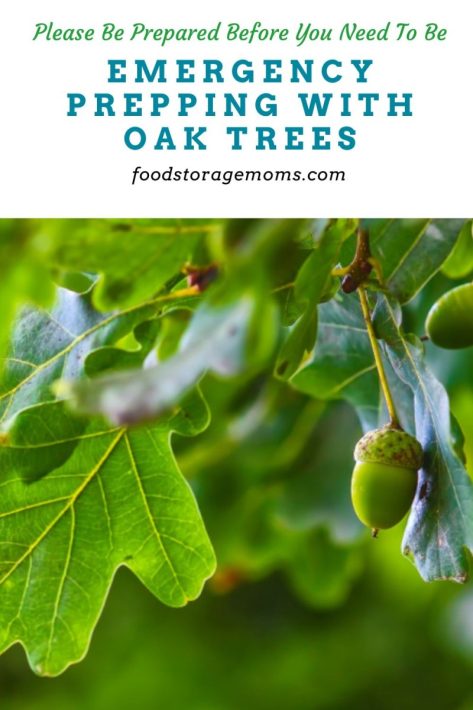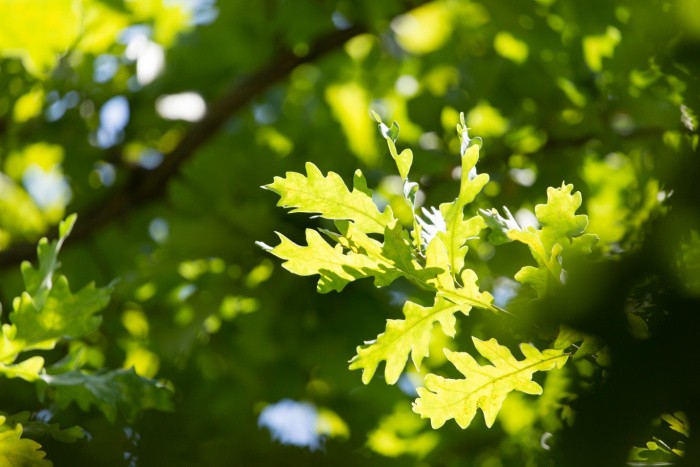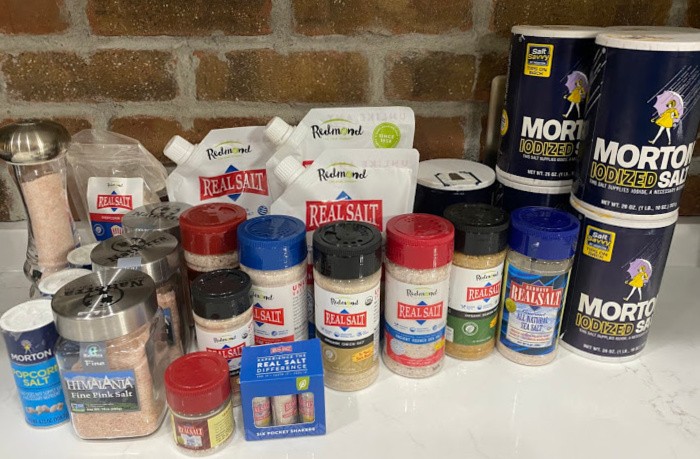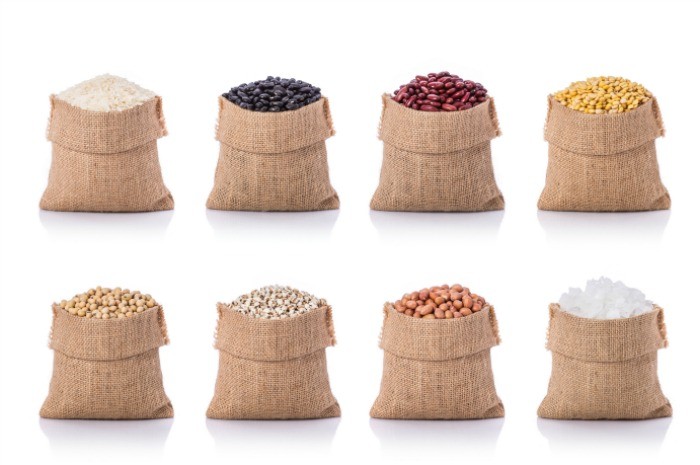Emergency Prepping with Oak Trees
In times of crisis, being prepared can make all the difference. While traditional emergency prepping often focuses on stockpiling supplies and creating shelters, the resourcefulness of nature should not be overlooked. One often underestimated ally in emergency preparedness is the mighty oak tree. I love looking at the huge historic oak trees and I’m excited to hear and talk about emergency prepping with oak trees.

1. Nature’s Survivalist
Oak trees, with their strong and resilient nature, have long been revered for their usefulness in various aspects of human life. When it comes to emergency prepping, these majestic trees offer a range of resources that can be harnessed for survival. Utilizing Palm Trees in an Emergency
These trees are known to be somewhat drought-resistant, making them a desirable tree when landscaping in a low-water environment. They are also strong and hardy and able to withstand the cold weather months in a climate known for severe cold and wind.
2. A Nutrient-Rich Sustenance
One of the most valuable resources provided by oak trees is the acorn. Packed with essential nutrients, acorns can be a reliable food source in times of scarcity. Learn how to properly collect, process, and prepare acorns to make them a staple in your emergency diet. Foraging Wild Nuts for Survival Purposes
3. Medicinal Uses of Oak
Beyond sustenance, oak trees offer medicinal benefits that can aid in emergencies. From treating wounds to addressing digestive issues, explore the various medicinal properties of oak and how to harness them for your well-being. 35 OTC Medications You Should Store
4. Shelter and Fire Building
The sturdy branches and leaves of oak trees can be employed in constructing makeshift shelters during emergencies. They have a fairly thick canopy to help cover you if you need to sleep in a tent or your sleeping bag under the stars. Discover tips on building effective and resilient shelters using oak tree materials.
Oak is known for its hardwood attributes. That means it will burn longer, put out more heat, and be more resistant to bug infestation for your stacked woodpile. These all are traits making oak part of your survival mechanism plans. Take time to learn about the properties of oak wood that make it an excellent choice for firewood, providing warmth and a means of cooking. How to Use a Tarp for Shelter
The limbs of the oak tree can also be used to create a softer surface layer when sleeping outside or to cover you like blankets if no other materials are available.
5. Tools and Implements
Oak wood is known for its durability and strength, making it ideal for crafting tools and implements. Explore the possibilities of creating basic tools such as spears, digging sticks, and even containers from oak wood to enhance your emergency toolkit. 10 Essential Tools Every Homesteader Should Have
Using oak wood for tool handles makes sense based on how hard and sturdy the wood can be.
6. Water Purification
The bark of certain oak species contains tannins that can aid in water purification. Uncover the techniques for using oak bark to clarify and purify water, ensuring a safe and reliable water source during emergencies. Safe Drinking Water in Emergency Preparedness
7. Navigating with Oak
In a situation where traditional navigation tools may be unavailable, oak trees can serve as natural navigational aids. Learn how to use the moss growth pattern on oak trees to determine direction, providing valuable guidance when needed. Using Your Vehicle as a Tool for Prepping
How can I identify different oak tree species in my region?
Identification involves observing key features such as leaf shape, acorn characteristics, and bark patterns. Field guides, online resources, and local nature experts can assist in becoming familiar with the specific oak tree species in your area. Practice and observation will improve your ability to identify these trees confidently.
How do I safely collect and process acorns for consumption?
Collecting and processing acorns involves several steps. Begin by gathering mature acorns, ensuring they are free of holes or damage. Remove the outer shell and leach out tannins by soaking the acorns in water. Rinse them thoroughly before drying and grinding them into a flour-like consistency. This flour can be used in various recipes as a nutritious food source.
What types of oak trees are commonly found, and do they differ in uses?
There are numerous species of oak trees, with some common types including the White Oak, Red Oak, and Live Oak. While their physical characteristics may vary, most oak species share similar uses, such as providing acorns for food, sturdy wood for construction, and medicinal properties in their bark.
Can I make soap from oak tree materials?
An old traditional soap can be made from the ashes of hardwood trees. Perform a Google search and you can find several posts outlining the materials and steps taken to make soap in a survival situation.
Are oak trees important to wildlife habitat and the ecosystem?
Experts will tell you that oak trees are a vital tree species in many ecosystems. These trees provide a variety of habitats for many wildlife species. They also are strong trees that create stability in the soil, particularly where heavy rainfall is common. The trees provide shelter and food for birds and small animals of all kinds.
More Tips
- Lemon Trees: What You Need to Know
- Fruit Trees: The Ones You Need To Grow
- 16 Plants You Can Eat When You’re Desperate for Food
Final Word
Oak trees stand as a remarkable ally in the realm of emergency prepping. From its nutrient-rich acorns to its wood and bark, the oak offers many resources that can significantly enhance your chances of survival. May God Bless this World, Linda
Copyright Images: Oak Tree Leaf with Acorns AdobeStock_87682250 By Maxximmm, Oak Tree With Green Leaves AdobeStock_167120680 By Schankz























Deer will eat acorns over just about any other food source.
I seem to recall my grandmother processing acorns as you said above but she changed the water they were soaking in more than once and then roasted some of them. I don’t remember how the roasted acorns tasted, but I do remember if you don’t get all the tannin out they taste bitter. My grandfather used the water from the first soaking when tanning hides. Grandma also used the acorns she ground up to make “coffee.”
Matt, does venison taste bitter when they’ve been feeding on acorns? I ask because Mule Deer out West often eat so much sagebrush their meat tastes terrible. When I was a kid in SE Kansas our venison tasted great, but then it was probably corn fed.
HI Ray, hopefully Matt sees this if not I will email him. Linda
Ray – Where I grew up, eastern Washington in the mountains, the deer were really wild game tasting – not bitter per se but not “fresh” like domestic animals. My mother always soaked the venison steaks in buttermilk (we always had plenty as we made our own butter!) Then after soaking – I think overnight – she rinsed the steaks very well and cooked them. For some reason, the buttermilk took a lot of the gamy-ness out of the steaks. I suppose she did roasts like that as well.
HI Leanne, thanks for that tip, I could never get used to the venison taste. People in Utah pressure can it and freeze it. Not me! LOL! Linda